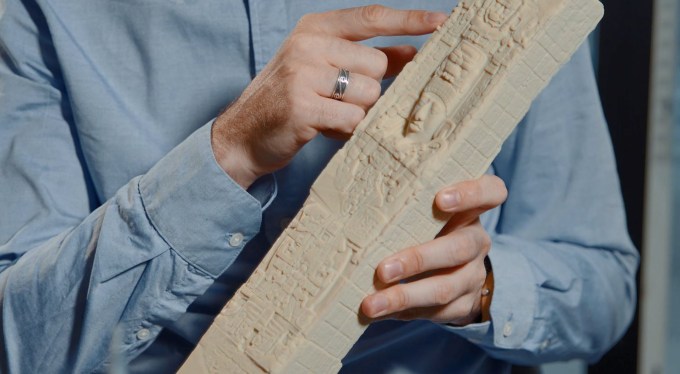One of 3D printing’s biggest selling points has always been the ability to create objects that would otherwise be difficult or impossible to build with more traditional methods. A new collaboration between Google and industrial 3D printer manufacturer Stratasys, however, finds the companies working to re-create the familiar.
The latest addition to the Open Heritage Project finds Google Arts and Culture leveraging Stratsys’ multi-color prototyping machine, the J750 3D, to create models of ancient objects and landmarks. The project is designed to give museum-goers and researchers access to rare or on-off creations and to help preserve structures from the ravages of time.

“The project was to explore physically making these artifacts in an effort to get people hooked and excited about seeing pieces in a museum or research context,” Google Design Technologist Bryan Allen said in a statement tied to the announcement. “That’s when we turned to 3D Printing. “With the new wave of 3D Printed materials now available, we’re able to deliver better colors, higher finish, and more robust mechanical properties – getting much closer to realistic prototypes and final products right off the machines.”

The teams use 3D scanners to create a CAD design of objects and architecture from heritage sites. Those can then be accessed as a file or printed on one of the of these machines.
from TechCrunch https://tcrn.ch/2RrNng2
via IFTTT
Comments
Post a Comment